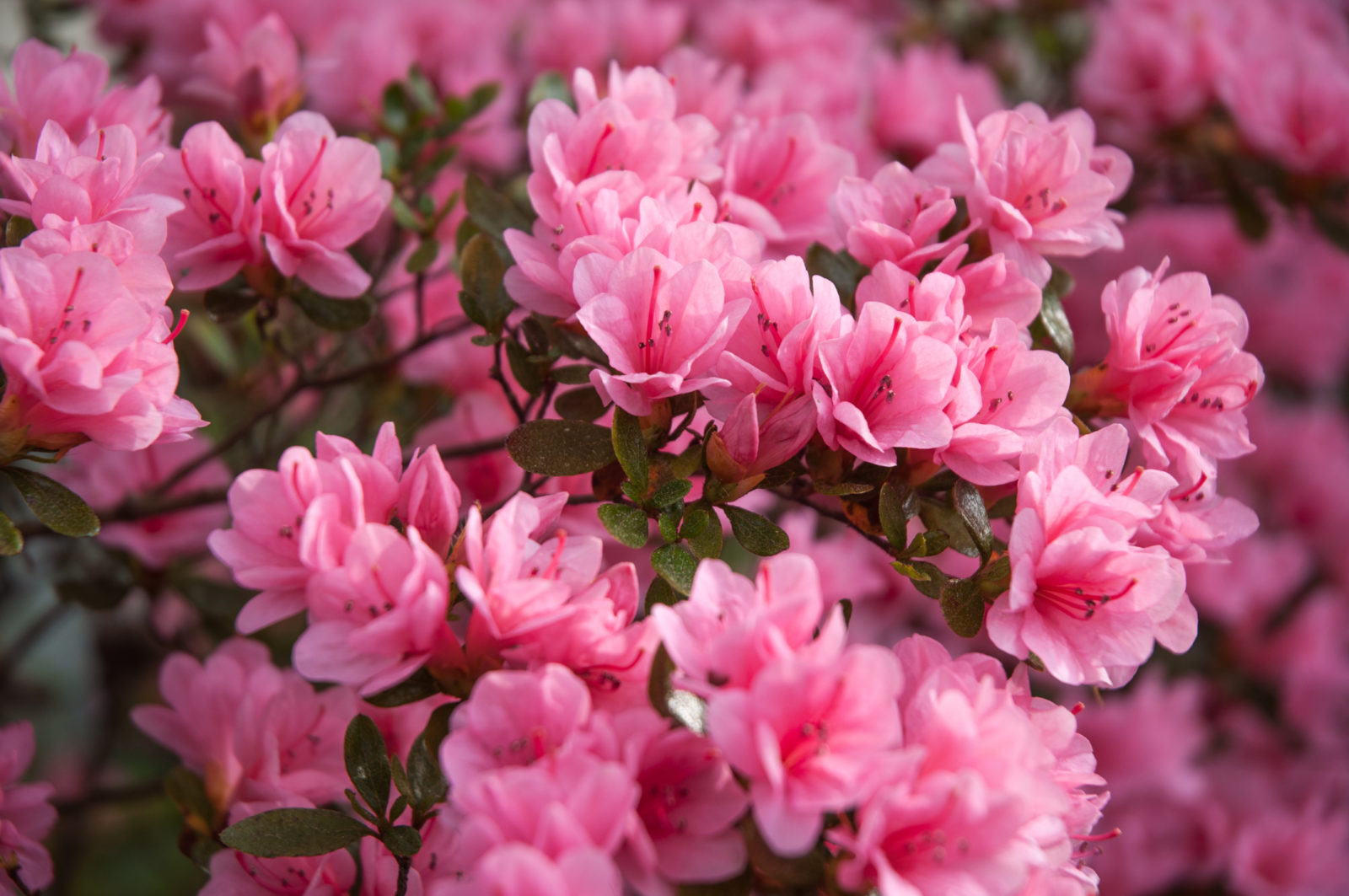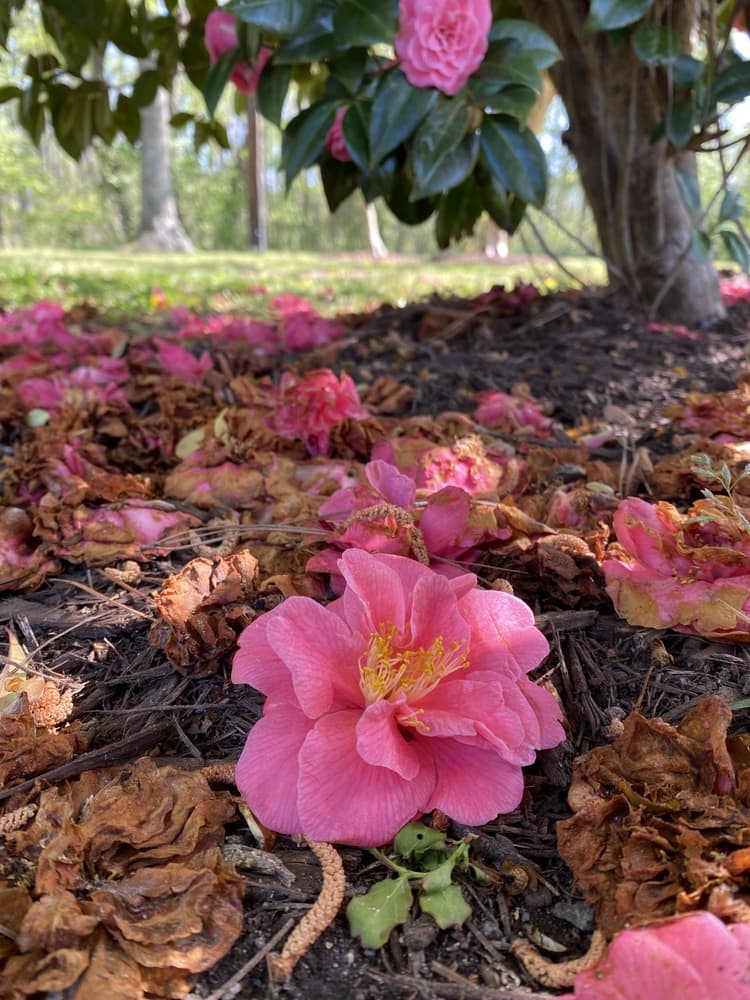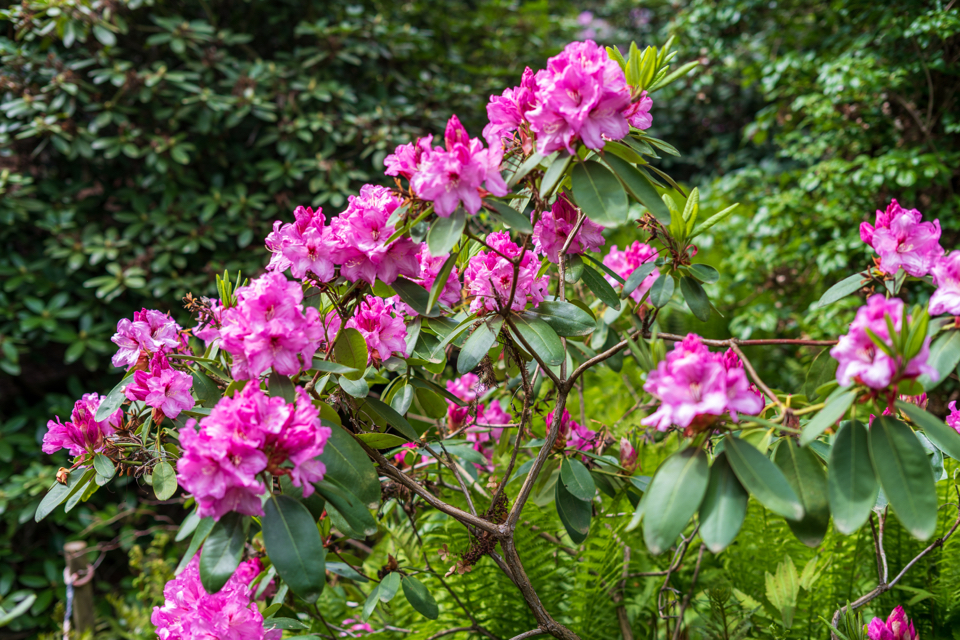Should You Deadhead Azaleas? It’s Not Strictly Necessary, But Some Do For Cosmetic Reasons

SHRUBS > AZALEAS > DEADHEADING

Elizabeth is a Permaculture Garden Designer, Sustainability Consultant and Professional Writer, working as an advocate for positive change. She graduated from the University of St. Andrews with an MA in English and Philosophy and obtained a Diploma in Applied Permaculture Design from the Permaculture Association.
Reviewed By COLIN SKELLY

Colin is a Horticulturist and Horticultural Consultant with experience in a range of practical and managerial roles across heritage, commercial and public horticulture. He holds the Royal Horticultural Society’s Master of Horticulture award and has a particular interest in horticultural ecology and naturalistic planting for habitat and climate resilience.
IN THIS GUIDE
Azaleas are attractive shrubs that can make a good addition to many gardens so long as acidic soil and other appropriate environmental conditions can be provided.
They can be a relatively low-maintenance choice when growing in the ground and won’t necessarily take up a lot of your time.
However, there are certain jobs that you should undertake throughout the year to keep Azaleas thriving and looking their best.
While it is not strictly essential, deadheading Azaleas is one job that you might like to consider.
| Difficulty | Easy |
| Equipment Required | Secateurs |
| When To Deadhead | After flowering (depending on variety) |
Do You Need To Deadhead Azaleas?
Whether you are growing evergreen or deciduous Azaleas you should note that deadheading won’t really prolong the blooming period, nor will it really have much impact on the number of blooms you get the next year.
Deadheading can lead to new growth of additional flowering shoots, but won’t usually make that much of a difference.

Deadheading can also prevent the build-up of dead flower material within a shrub and reduce the likelihood of a fungal infection taking hold.
However most of the time, this is not an issue for Azalea either.
So, deadheading is not usually something that will have a big impact on the health or performance of your shrubs.
Instead, it is just something I personally do for cosmetic reasons because I don’t like the look of the brown spent blooms.

If you are growing larger types, deadheading can take some time, which, if you don’t have much time on your hands, I think could be better spent elsewhere in your garden.
How To Deadhead
If you do decide to deadhead Azaleas to keep them looking good, simply use a pair of secateurs to snip each brown, faded flower head from the plant.
At the same time, you might also undertake minimal pruning, to get rid of any straggling branches or any that are out of place.
“In anything other than a small garden, deadheading is likely to be very time-consuming,” explains Colin Skelly, a Horticultural Consultant.

“However, one advantage is that when deadheading you also tend to pay attention to the plant up close and may spot things related to the overall health that you wouldn’t at first glance.”
It’s important to remember that taking a minimal approach and keeping things more natural won’t do any harm and could mean that you have time for more important jobs, or simply to spend time enjoying your garden.
If you plant around Azaleas with other blooms that bloom after the Azalea display has finished, you can keep your garden beds looking good without taking on all this additional and largely unnecessary work.
